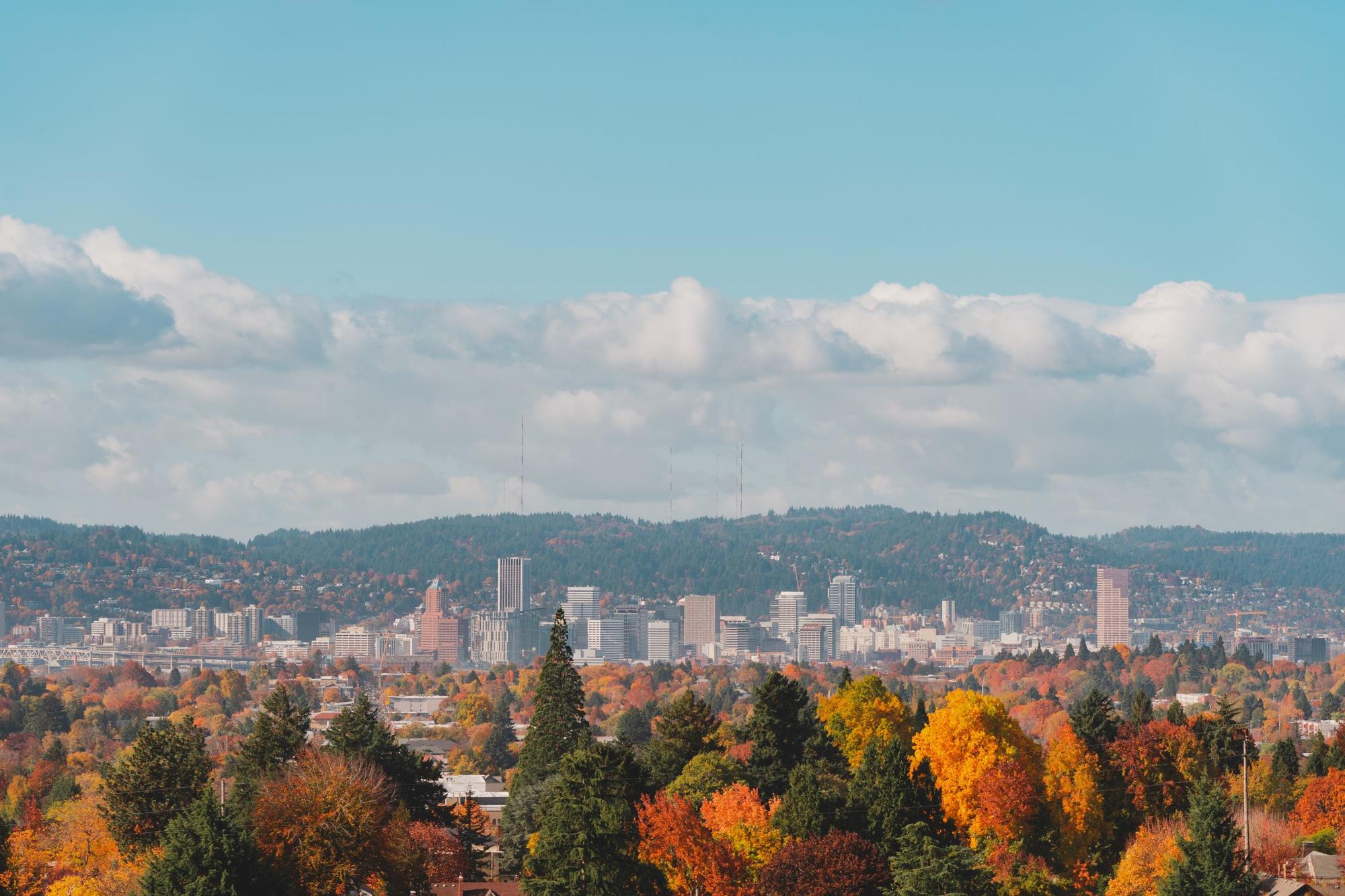- Map
- City of Detroit
- Data Driven Detroit

MCM is a comprehensive effort to digitize Detroit's property information and create clear communication channels back and forth between the public, the government, and city service providers. In Phase 1 of the project, 150 Detroiters surveyed the entire city, capturing photography and condition information for every property. That information was used in the Detroit Blight Elimination Task Force's report at timetoendblight.com. Detroit's Blight Removal Task Force, in partnership with Michigan Nonprofit Association, Data Driven Detroit, and Loveland Technologies launched in 2013 a physical survey to gather property condition data for all 380,000 parcels of land in the city. The city collaborative set out to create a thorough database of conditions of every property in Detroit to give the city a sense of where problem properties needed to be addressed - and an all-in-one place to keep track of properties over time. A Motor City Mapping app makes it possible for users to snap photos of properties and text them to the public database. Through a mobile application aptly called "Blexting," a team of about 150 residents and volunteers surveyed the entire city to compile the database and citywide property map. Surveyors used the mobile app to photograph the front of every property - residential and non-residential - and answered a standardized series of questions about the property. Their responses assessed individual properties based on estimated occupancy, vacancy, fire damage, the existence of any "dumping" and the use of property (commercial, public, etc.) To maintain consistency and reliability in the crowdsourced data, the collaborative maintained a "mission control" center where staff performed a quality check of the data submitted from the field in real time. The task force website reports that of the total 84,641 structures and vacant lots in the city, about 40,000 were deemed to fit the definition of "blight" and prioritized for removal or intervention. The detailed and data-driven survey questionnaire approach also allowed for the estimation of properties with indicators of future blight, of which the task force reported about 38,000 fit the bill. The task force recommended further inspection of these properties and a variety of interventions including rehabilitation, removal, and securing. Residents can see an image of every property in the city, alongside a list describing its condition, recent sale price, and whether it is occupied or vacant. With the help of simple and well-designed graphics, this puts a remarkably detailed "face" behind the numbers: 6,255 lots with dumping, 6,845 structures with fire damage, 27,730 structures that need to be boarded up.
DATASETS
Crowd-sourced; Open Data portal
PARTNERS
Loveland Technologies



